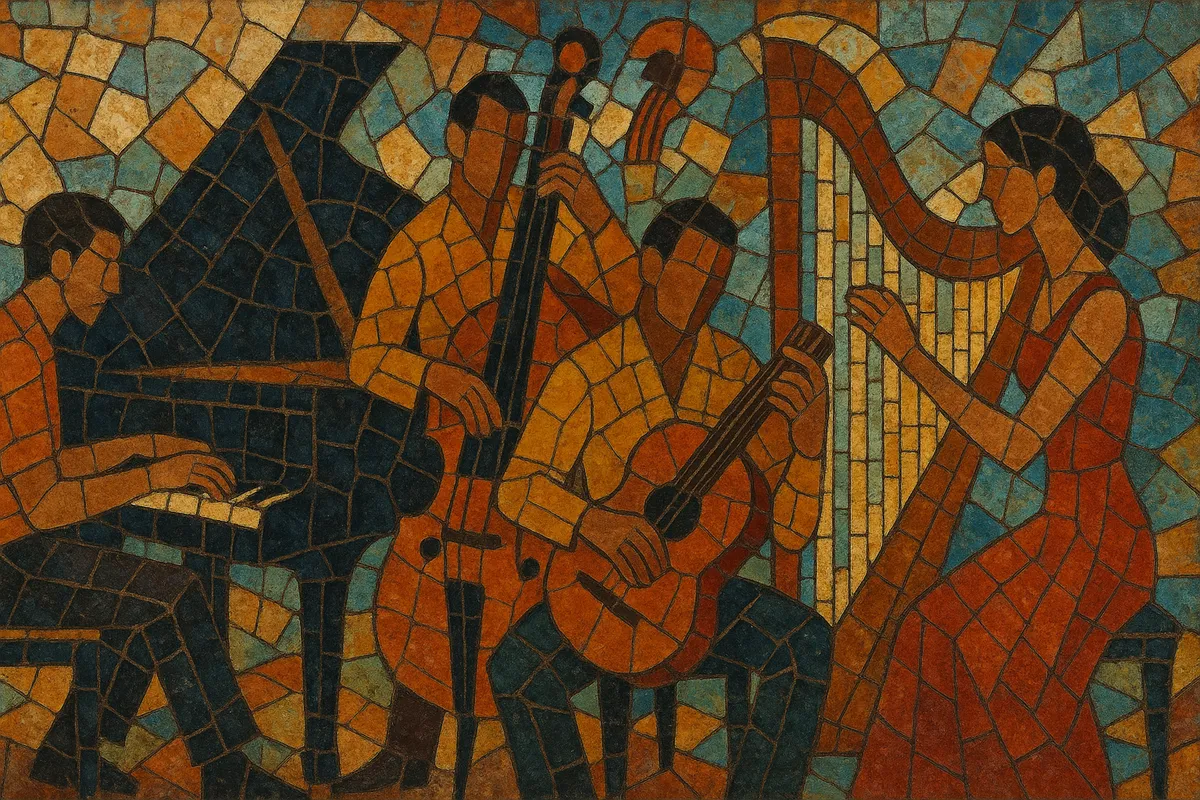Onda nueva is a Venezuelan fusion style created and championed by composer, arranger, and bandleader Aldemaro Romero. It modernizes the country’s traditional joropo by filtering its characteristic cross‑rhythms and melodies through the harmonic language and textures of jazz and bossa nova.
Typically arranged for piano‑led small ensembles or studio orchestras, onda nueva pairs sophisticated, extended jazz harmonies with the propulsive, dancing feel of llanero rhythms. The result is a sleek, urbane sound—at once rooted in Venezuelan folklore and polished for cosmopolitan listening—that flourished on radio, records, and stage festivals in the early 1970s.
Onda nueva emerged in Venezuela at the turn of the 1970s, largely under the vision of Aldemaro Romero. Drawing on the rhythmic DNA of joropo—its characteristic 3/4–6/8 cross‑accents and llanero patterns—Romero recast folk motifs with jazz voicings, syncopated bossa nova/samba‑tinged grooves, and lush studio orchestrations. Early recordings and radio appearances introduced the term “onda nueva” (literally, “new wave”) to describe this modernized approach to Venezuelan popular music.
The style reached public prominence with the Festival de la Onda Nueva (early 1970s, Caracas), which showcased local and international artists performing new repertoire that blended Venezuelan rhythms with contemporary jazz and pop. Studio productions from Romero’s ensembles helped codify the sound: piano‑centric arrangements, refined percussion, and sophisticated chord changes that maintained the upbeat, dancing feel of joropo while appealing to cosmopolitan audiences.
While its mass‑market window was brief, onda nueva left a lasting mark on Venezuelan arranging and songwriting. Its harmonic palette and rhythmic refinements influenced pop, jazz‑pop, and singer‑songwriter productions in the country, and it remains a reference point for musicians who fuse folkloric rhythms with modern jazz and studio craft. Revivals and tribute projects have kept the repertoire in circulation and highlighted Aldemaro Romero’s role as a bridge between folk tradition and urbane jazz sensibilities.


